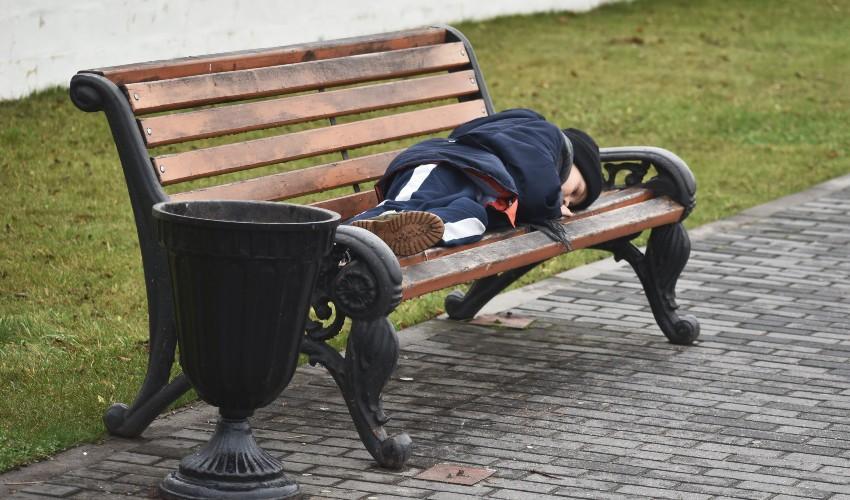
Decline in Cash Assistance Not a Sign of Improving Living Standards
IN THE US, TEMPORARY ASSISTANCE FOR NEEDY FAMILIES IS FALLING BECAUSE OF LOWER BENEFITS AND REDUCED ELIGIBILITY, WITH DISMAL CONSEQUENCES ON CHILD POVERTY AND STUDENT HOMELESSNESS, ACCORDING TO TWO STUDIES BY ZACHARY PAROLINThe total allocation of cash benefits distributed by the Temporary Assistance for Needy Families (TANF) in the U.S. fell from $34.3 billion in 1993 to $7.4 billion in 2016. Many argue that this drop is primarily caused by improved labor market conditions, an increase in single-parent households’ education levels and other “compositional” changes in the household structure. In his latest paper, which appeared in Demography, Bocconi Professor Zachary Parolin argues that only 22% of the overall drop in cash transfers are due to such changes, whereas reduced accessibility and lower benefit levels are likely responsible for the largest part of the decline. Had the TANF expenditure diminished only due to the improved labor market conditions and changes in the household structure, cash transfers would have been around $20 billion higher. “This amount is high enough to lift every single-mother household in the country out of poverty,” Professor Parolin says.
To study the decline in TANF assistance, the paper introduces a framework for the decomposition of cash assistance expenditures. This framework distinguishes changes in participation, need and benefit level as the main components of the rise or decline in cash assistance. Namely, need reflects the demand for assistance given the household income and assets, participation mirrors the rate at which eligible families receive the benefits, and the benefit level is the average generosity of the cash transfer. “The upshot: improved living standards explain only 21% of the decline of TANF cash. Declining access to benefits among low-income families (52%) and declining benefit levels (27%) explain the rest of the decline,” the author explains.
Finally, the paper tries to quantify the amount of spending, or lack thereof, left unexplained by compositional changes in the population, such as rising employment rates among single mothers. Adding the unexplained decline to yearly observed values from 1993 to 2016 shows again that accessibility and benefit levels are responsible for the largest part of the missing spending. In particular, if the unexplained decline were to be reversed, TANF expenditure would have never dropped below $20 billion, with a $30 billion peak in the wake of the 2008 crisis. As of 2016, the missing spending amounts to more than $19 billion. Interestingly, the addition of $19 billion to the observed spending in cash assistance would not exceed the total federal TANF budget (around $31 billion in 2016, including cash and non-cash assistance) which is spent on a wide range of programs such as scholarships and medical support for low-income families. Although some of those programs bring critical relief to poorer households, it would be hard to imagine a more impactful instrument than TANF cash transfers. This is even more striking when considering that $14.2 billion would be enough to lift all single mothers in the United States up above the poverty line.
In another paper, published in The Annals of the American Academy of Political and Social Science, Professor Parolin uses school-district data on student homelessness to learn whether declining cash assistance from TANF is associated with the rise of student homelessness from 2009-2018. “Lower access to TANF cash is associated with higher levels of student homelessness, particularly for majority–Black and Native American school districts,” Professor Parolin summarizes. “And to put the problem in perspective, note that there were 1.5 million homeless students in the US in 2018”.
Parolin, Z. (2021) “Decomposing the Decline of Cash Assistance in the United States, 1993 to 2016.” Demography, DOI: https://doi.org/10.1215/00703370-9157471.
Parolin Z. “Income Support Policies and the Rise of Student and Family Homelessness.” The ANNALS of the American Academy of Political and Social Science. 2021;693(1):46-63. DOI: https://doi.org/10.1177/0002716220981847.
by Umberto Platini
